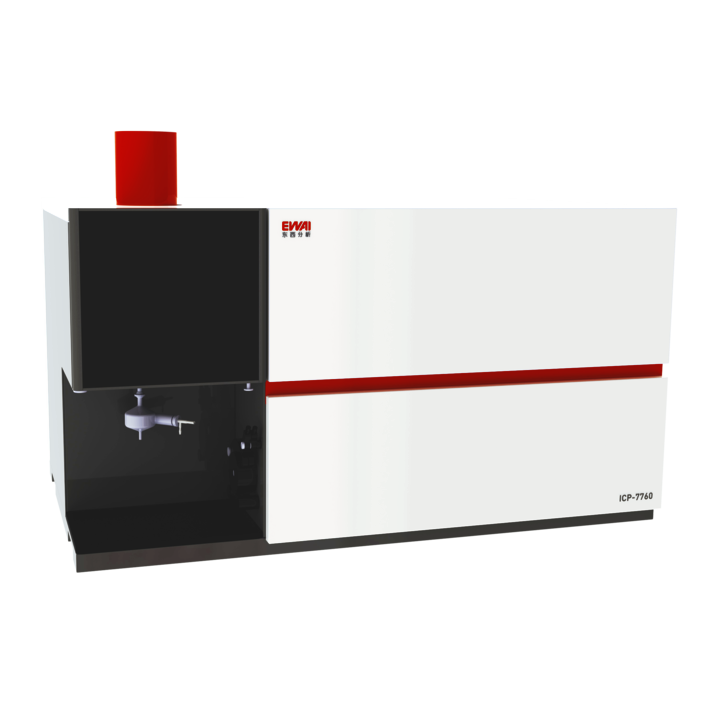

ICP-7760HP Inductively Coupled Plasma Optical Emission Spectrometer
Simultaneous full-spectrum acquisition of all elements in the sample; Echelle two-dimensional dispersion technology minimizes errors caused by spectral interference, meeting the demands of analyzing complex samples; Mega-pixel anti-blooming scientific CCD enhances accuracy in both qualitative and quantitative data, while its design effectively improves the signal-to-noise ratio in trace analysis and significantly lowers the detection limit.


